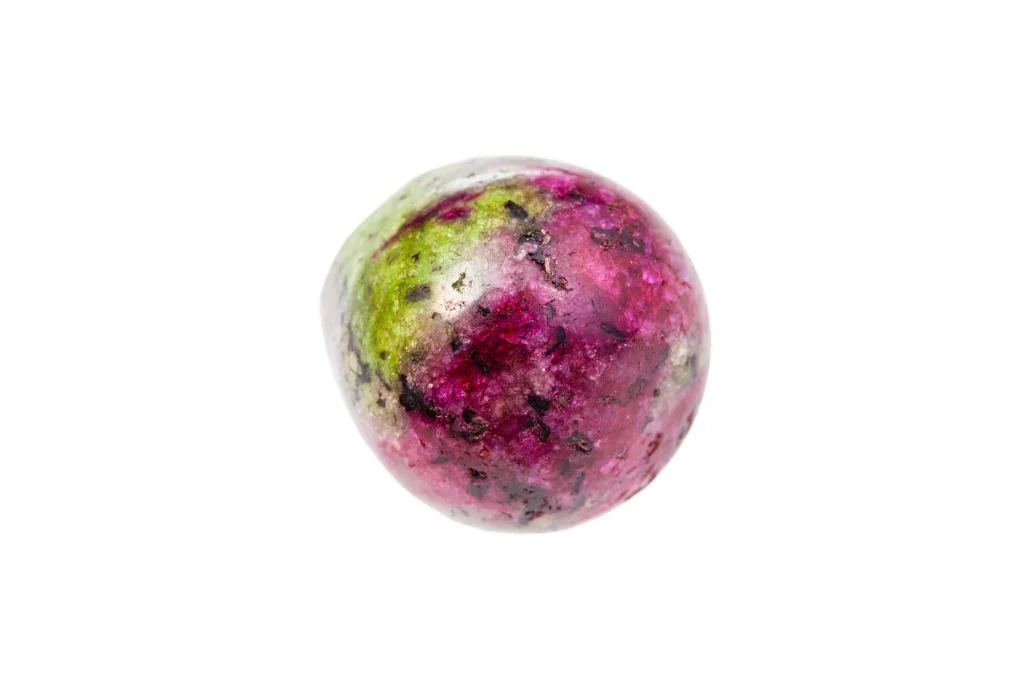Historical and Cultural Significance of Anyolite
Anyolite, also known as Ruby in Zoisite, has a rich history deeply rooted in Tanzanian culture. This striking green stone with vibrant red ruby inclusions was first discovered in the Longido district of Tanzania in the 1950s. The Maasai people, indigenous to the region, have long revered Anyolite for its beauty and perceived mystical properties. They often used it in traditional ceremonies and as a symbol of strength and courage.
Metaphysical Associations
In the realm of crystal healing and metaphysics, Anyolite is believed to possess a unique combination of energies. The green zoisite is associated with growth, vitality, and connection to nature, while the red ruby inclusions are thought to amplify passion, courage, and life force. Together, they are said to create a powerful balance between heart-centered emotions and grounded stability. Many practitioners use Anyolite for enhancing personal power, stimulating creativity, and promoting emotional healing.
Common Uses and Benefits
Anyolite finds applications in both traditional and modern contexts. In jewelry making, it is prized for its striking appearance and durability, often crafted into pendants, beads, and decorative objects. Crystal enthusiasts use Anyolite in meditation practices, placing it on the heart chakra to promote emotional balance and self-love. Some believe it can aid in decision-making processes by combining the wisdom of zoisite with the passion of ruby. In alternative healing practices, Anyolite is thought to support the immune system, boost energy levels, and alleviate stress-related ailments.
Modern Applications
In recent years, Anyolite has gained popularity in the wellness industry. It is often incorporated into spa treatments, used in crystal grids for energy work, and featured in holistic healing sessions. The stone’s unique composition makes it a favorite among collectors and mineral enthusiasts. Additionally, some eco-conscious jewelry designers are using Anyolite as an ethical alternative to more commercially mined gemstones, appealing to consumers interested in sustainable and culturally significant adornments.

